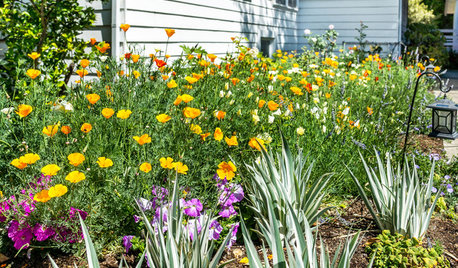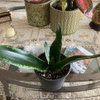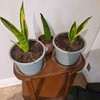mycorrhiza
Michaela
11 years ago
Related Stories

EDIBLE GARDENSSummer Crop: How to Grow Blueberries
Plant blueberries in spring or fall for garden beauty through three seasons — and a sweet superfood in summer
Full Story
LANDSCAPE DESIGN10 Ideas for a Creative, Water-Conscious Yard
Check out these tips for a great-looking outdoor area that needs less water
Full Story
FARM YOUR YARDHow to Grow Vegetables in Containers
Get glorious vegetables and fruits on your patio with a pro’s guidance — including his personal recipe for potting mix
Full Story








barbmock
mdahms1979
Related Professionals
Wrentham Landscape Architects & Landscape Designers · Lakewood Landscape Architects & Landscape Designers · Hannibal Landscape Contractors · Hilton Head Island Landscape Contractors · Lewisville Landscape Contractors · Pleasant Prairie Landscape Contractors · Seminole Landscape Contractors · Maplewood Landscape Contractors · Lees Summit Window Contractors · Eastvale Window Contractors · Baker Window Contractors · Coral Terrace Window Contractors · Marinette Window Contractors · Muncie Window Contractors · Sterling Window ContractorsMichaelaOriginal Author
bonsaigai
MichaelaOriginal Author
Stush2049 Pitts. PA, zone 6
mdahms1979